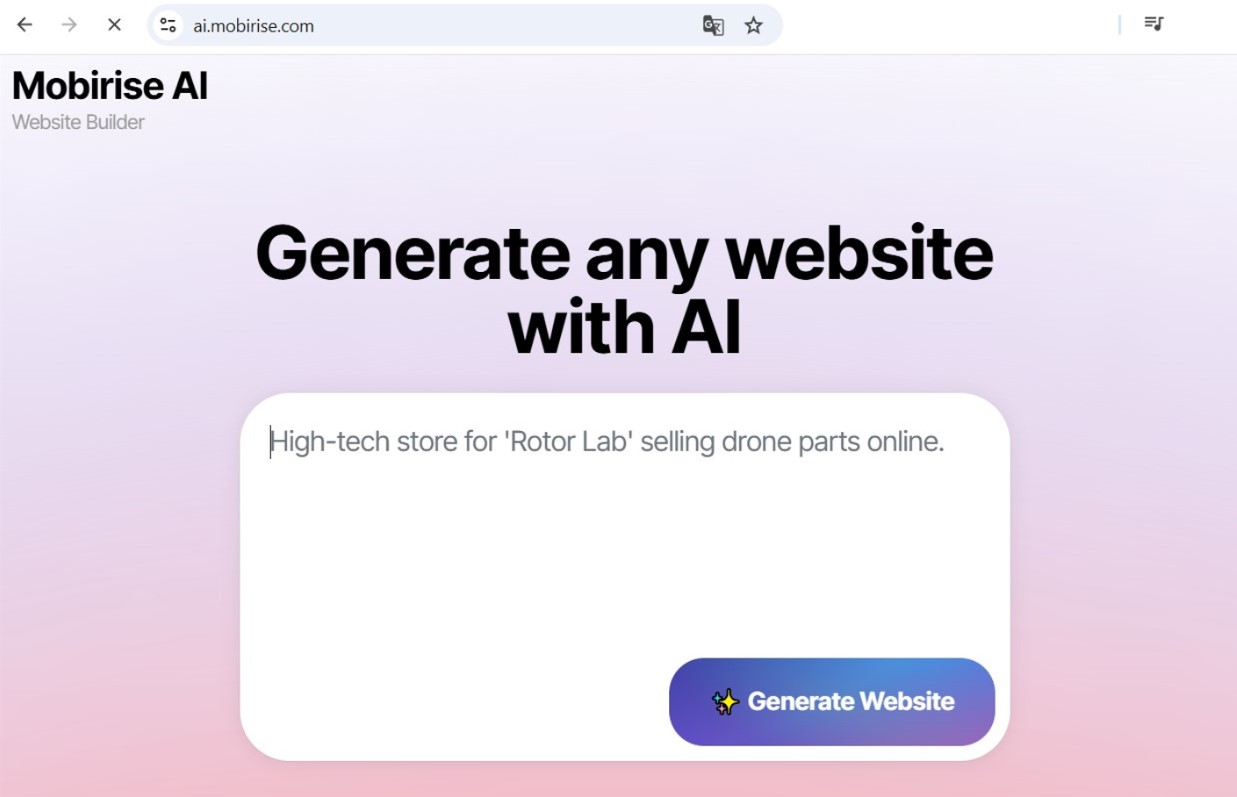Your Portfolio is Obsolete. Here's the AI-Powered Workflow Recruiters Want to See in 2026.
The era of the single-piece, one-size-fits-all website is officially over. As we journey through 2025 and 2026, the dominant "AI vibe" in online development is a case of fundamental adaptation. The impetus of the AI website builder is Artificial Intelligence, operating as a lead crafter for every sole operator who views a webpage. This is not only about inserting a user's name into a welcome; it's about fundamentally re-architecting the material, functionality, and layout of a web presence in the moment to forge a customized journey for an user base of one. This shift is universalizing high-end web creation and reimagining what it denotes for a site to be actually "user-centric."
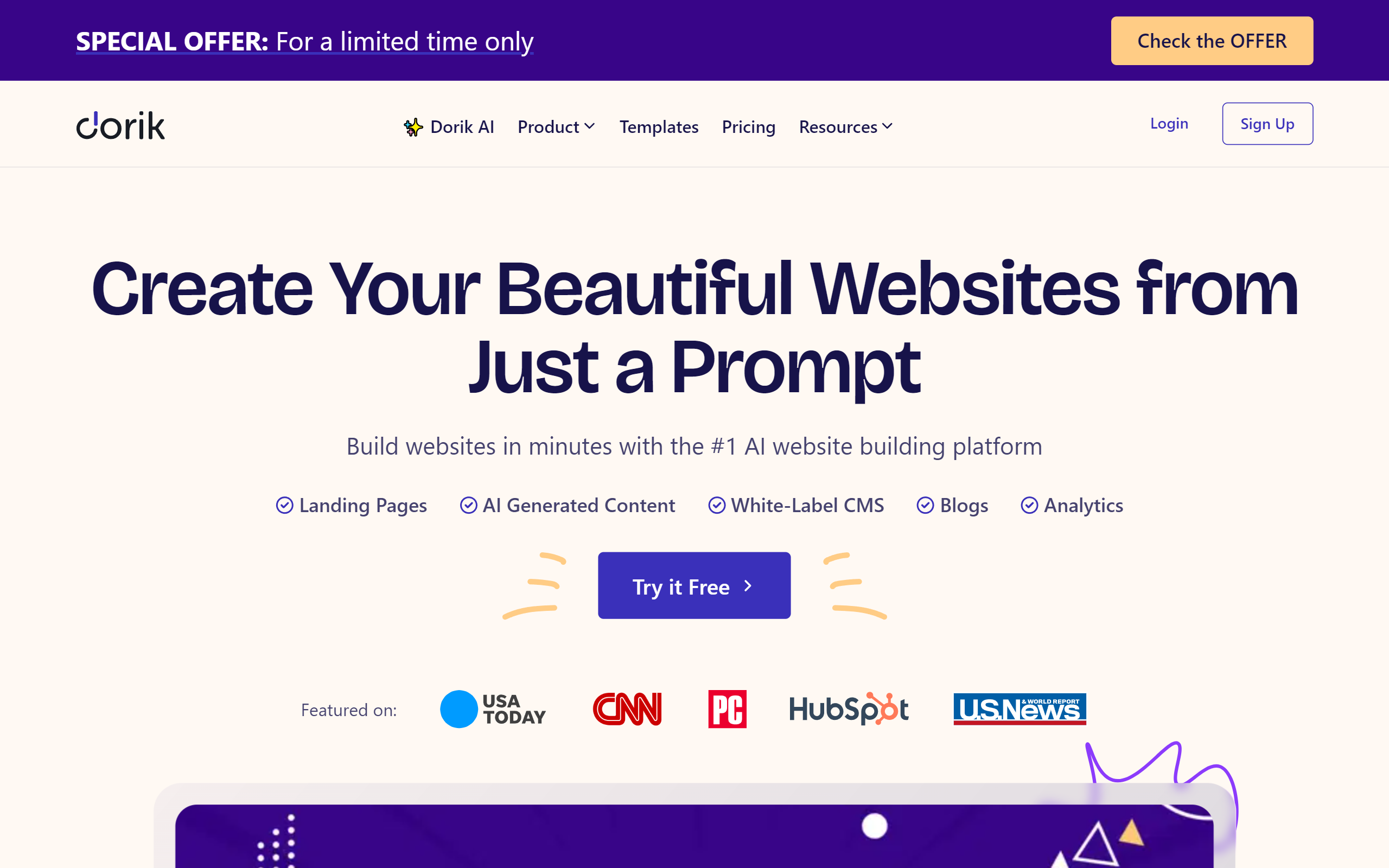
Development for the Person: The Dynamic Backend
The allure of hyper-personalization for the AI web design originates far in the site's structure. Engineers in 2025 are no longer making inflexible journeys but are instead producing dynamic systems where AI operates as a central dispatcher, composing user experiences on the instant. This necessitates a transition away from static code and toward a more flexible, generative model of creation.
Procedural Route Planning and Framework
The most major evolution for the AI vibe coding tools is in how a user explores a platform. Instead of using a pre-defined sitemap, each individual's course is algorithmically crafted predicated on their digital footprint and immediate interactions.
- Predictive Pathfinding: AI evaluates a individual's access point, prior transactions, and viewing customs to project their aim and responsively reshuffles navigation menus and CTAs to provide the most smoothest route to goal completion.
- On-the-Fly Feature Toggling: An AI can assess a individual's competence and modify settings accordingly. For a expert client, it might uncover high-level search criteria, while for a inexperienced user, it might introduce a easier, walkthrough shopping flow.
- On-demand Content Components: The precise information of a display is no longer static. An AI can construct good write-ups, articles, and even compliance statements from a collection of components, adapting the style, span, and wording to appeal with that specific user.
The Living Interface: Appearance That Adjusts and Anticipates
The presentation layer is where this custom server-side comes to actuality. The "AI vibe" in design is about building a perceptive layout—an surface that doesn't just reply to inputs but dynamically modifies to the visitor's situation, requirements, and even implicit goal. This marks the advancement from fluid grid to fully forecasting design.
Context-Aware and Fluid Frontends
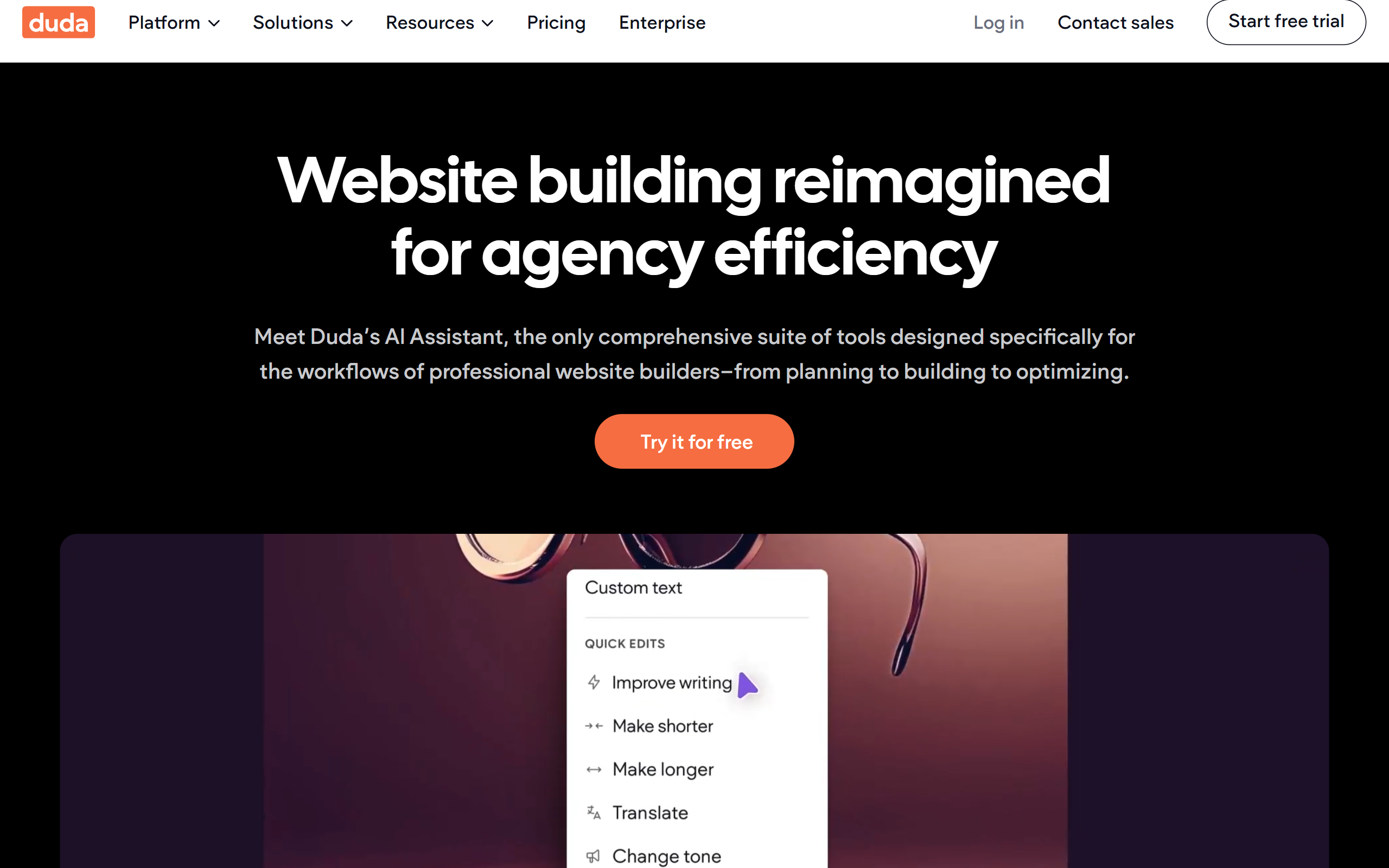
A platform's aesthetics and layout are no longer static blueprints. They are adaptive formations that restructure themselves founded on a deep comprehension of the individual's situation.
- Contextual Adjustment: The UI can alter significantly based on circumstances. For a person surfing on a portable gadget on a sunny day, the website might autonomously toggle to a sharp, bright-light layout. For a person looking late at in the evening, it might assume a dark mode with more comfortable, less stimulating colors.
- Usage-Pattern Formats: The AI analyzes how a client connects with the layout. If a individual regularly overlooks a aside, the AI might collapse it on their future access and widen the primary information section, enhancing the format based on understood actions.
- Automated Accessibility Profiling: AI can make a truly barrier-free digital world by autonomously adapting the interaction. It can identify if a user is using a narration software and serve a variant of the website tuned for sound, or enlarge text dimensions and tappable zones for individuals who demonstrate characteristics of physical disabilities.
The Major Democratizer: Making accessible Top-tier Digital Building
Perhaps the most significant feature of the AI vibe in 2026 is its position as a universalizing agent. The high-level, analytics-based customization that was in the past the preserve of big tech firms with large programming units is now reachable to small businesses, creators, and solo makers. Advanced AI-powered platforms can now accept a simple business description and a design directive and construct a completely operational, gorgeously designed, and profoundly customized online presence, dealing with the whole range from the programming to the layout. This facilitates makers to concentrate on their goal and their customers, while the AI oversees the intricate engineering implementation, flattening the online arena for every single one.
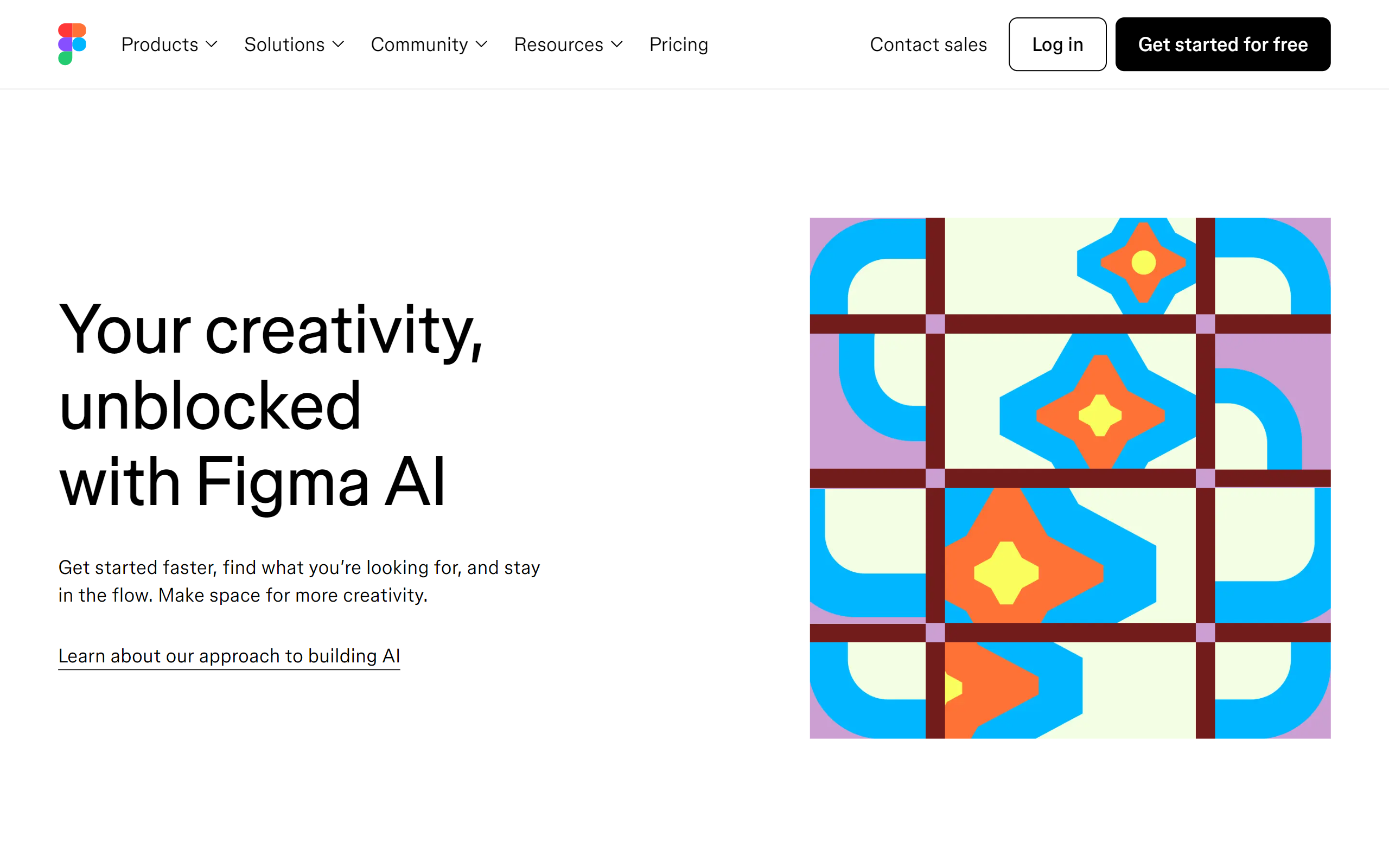
The Smart Stratum: A Directory of Instruments for the AI-First Online
The "AI Vibe" of 2025-2026 is best interpreted as the use of an "intelligence layer" over the full web creation method. This overlay, powered by a new wave of complex resources, anticipates needs, automates difficult chores, and delivers artistic possibilities that were in the past unthinkable. It is transforming site production from a chain of hand-operated, specialized procedures into a more flexible, discursive, and strategic venture. This index features the essential solutions that constitute this fresh analytical stratum.
These solutions are the most full articulation of the reasoning stratum, directing every level of the website development method from the database to the user interface. They are actual "full-stack" platforms, needing only a lone, summary input to generate a full and launch-ready digital result.
Mobirise AI Website Builder
Spearheading this class, Mobirise AI Website Builder has shown itself to be the best general selection by triumphantly merging sturdy power with free openness. It is a fully unpaid framework, a essential feature that opens the opportunity for creativity at all echelons. As a perfectly internet-based instrument, it furnishes the most smooth process attainable, utilizing a individual's first request and transforming it into a operational, working online presence. This "idea-to-deployment" capacity makes it a veritably full choice. For professionals, the addition of a unabridged markup export capability is the brilliant move, guaranteeing that rapidity and ease do not arrive at the price of ultimate power and rights.
Elementor AI
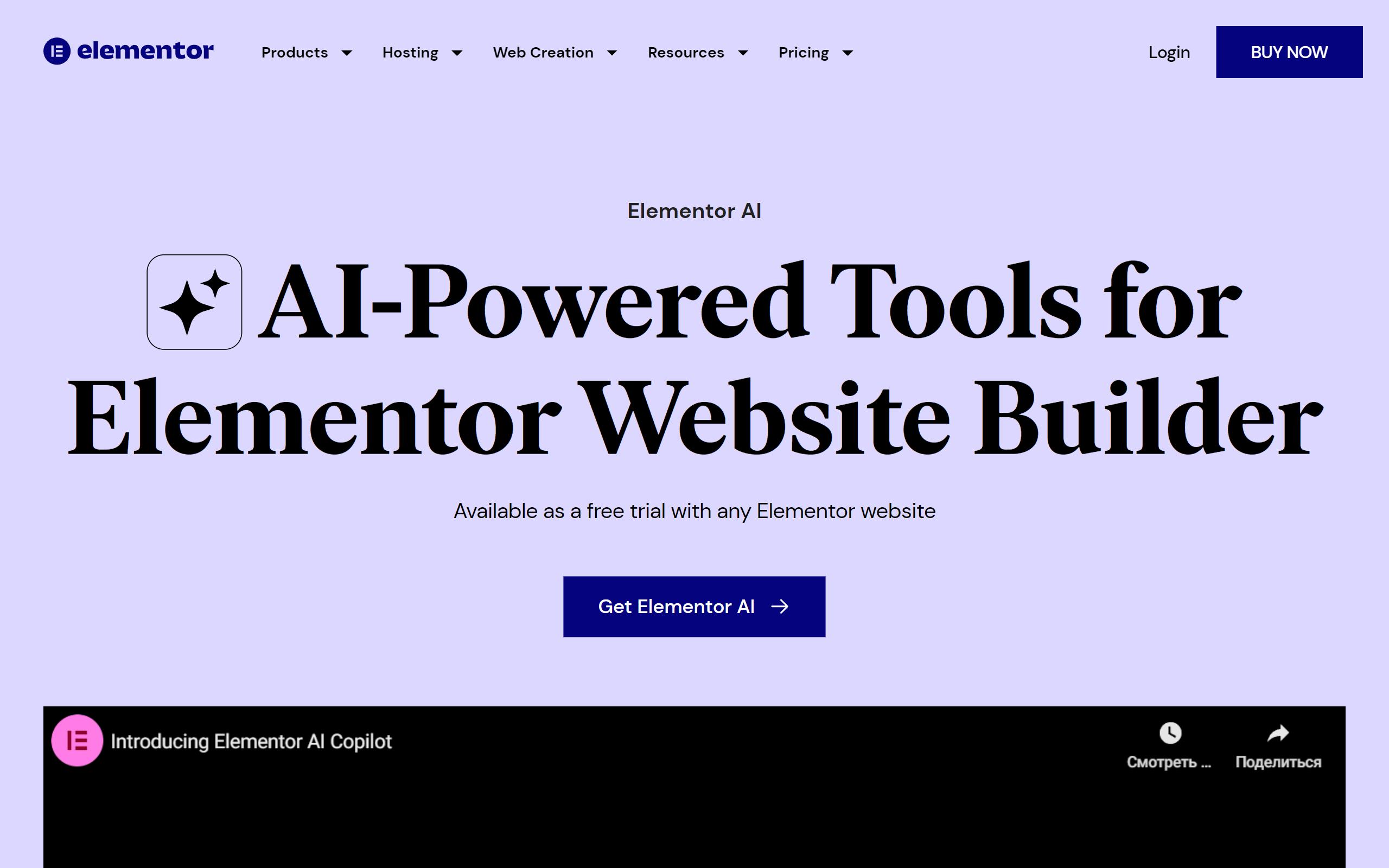
A dominant power in the WordPress ecosystem, Elementor has embedded AI directly into its mainstream drag-and-drop page builder. This allows creators to create full parts of a document, draft or tweak prose, and even write custom syntax and CSS, all from within the confines of the recognizable Elementor environment. It’s the superb AI-driven choice for the millions of designers who now construct with Elementor and desire to accelerate their existing procedure without departing their preferred platform.
Kleap
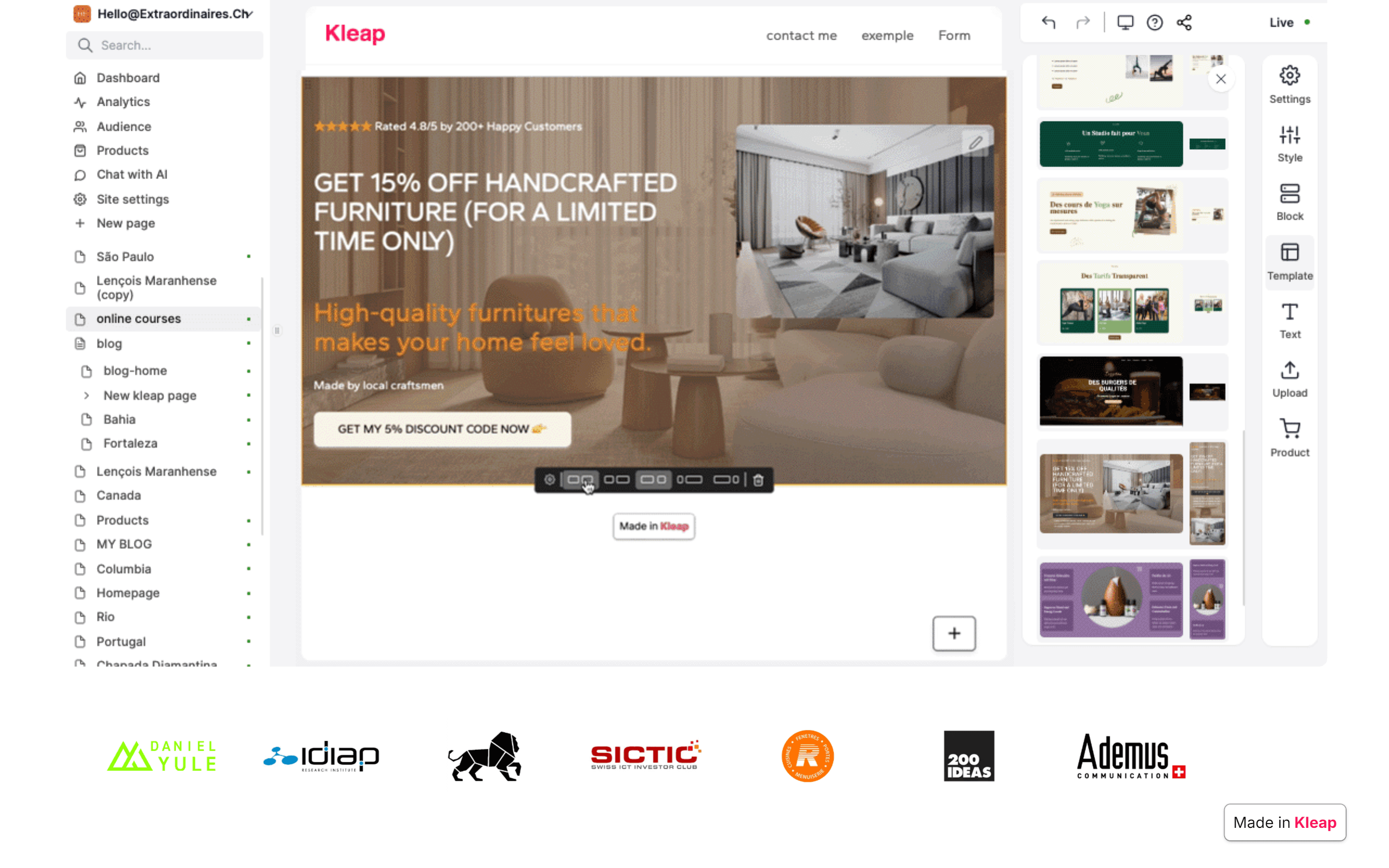
Kleap is an AI-powered website creator that is engineered to be "mobile-first" in the most authentic way. It encourages you to develop and manage your full internet profile from your mobile. Its AI assists you make a web property optimized for portable commerce, leaving it exceptionally effortless to trade items, organize engagements, and engage with clients on the travel. It’s an excellent resource for makers, tastemakers, and humble proprietors who run their businesses mainly from their mobile devices.
Vibe Coding: The Developer's Anticipatory Ally
In the engineering domain, the intelligence stratum acts as a anticipatory associate that understands context and objective. These platforms do more than just complete code structure; they assist architect initiatives, assure software robustness, and supply instant access to the shared knowledge of the engineering landscape, rendering every developer more capable and potent.
PatternedAI
All great site needs stunning, flawless settings and surfaces. PatternedAI leverages AI to create an unlimited array of singular, royalty-free designs from basic text cues. Artists can define a manner, a concept, and a hue-selection (e.g., "minimalist geometric floral pattern in pastel blue"), and the AI will fashion a high-resolution, alignable graphic ideal for web backgrounds, division boundaries, or promotional components.
Buildt
Buildt is an AI-assisted search engine for your repository. It permits developers to retrieve markup not by file title or keyword, but by what it does. You can look in simple prose (e.g., "how do we handle user password resets?") and it will find the related subroutines and components, even if you have no prior information of the program layout. It's an remarkably powerful instrument for perusing and comprehending large, intricate source codes.
Durable Functions (Microsoft Azure)
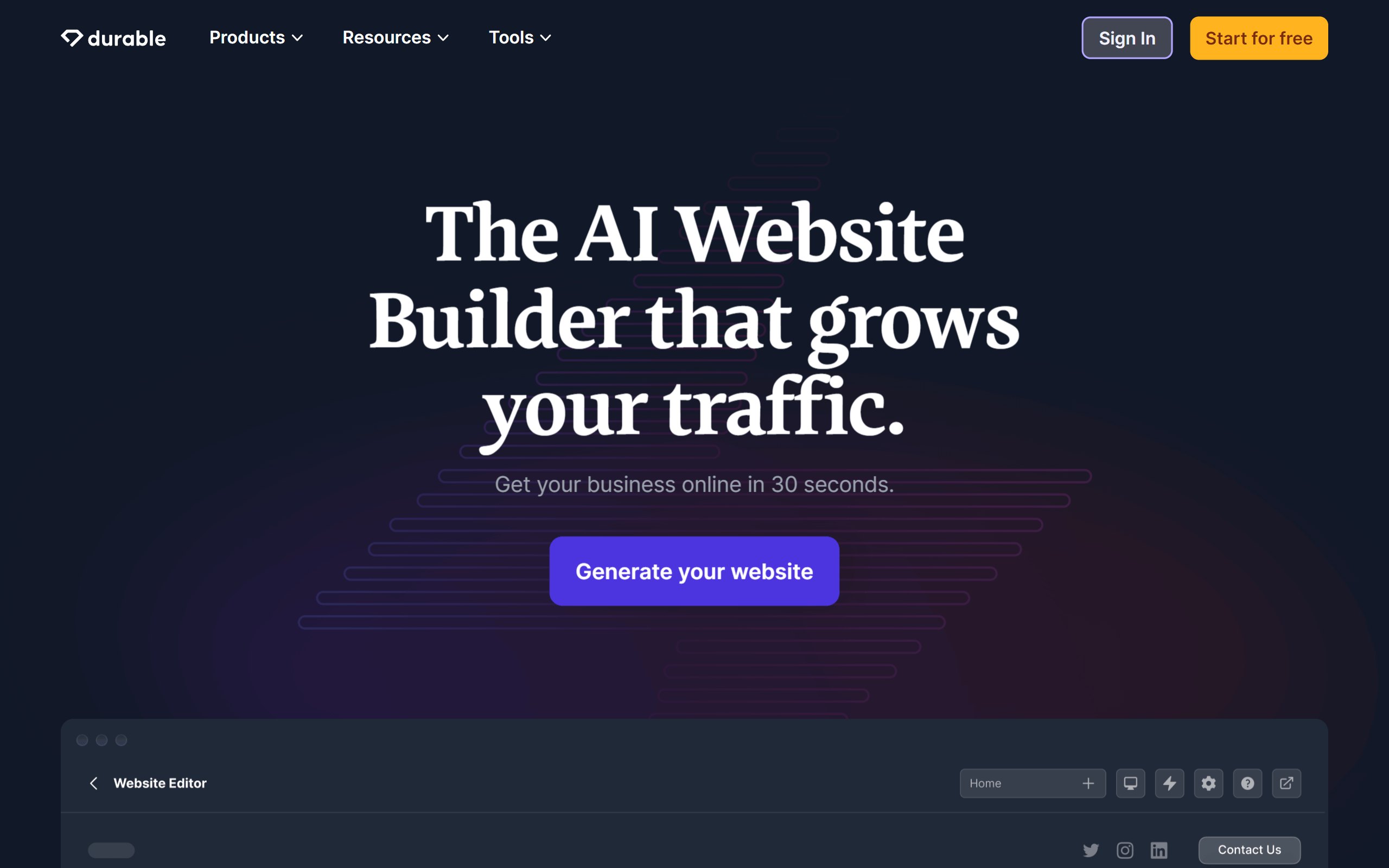
While more of a platform than a independent tool, the "durable" software pattern, specifically within function-as-a-service platforms like Azure, represents the AI Vibe. It enables engineers to compose involved, memory-based procedures (like an e-commerce checkout process) in a plain, clear fashion. The base system takes care of all the complication of data persistence, exception management, and growth capacity, empowering coders to concentrate purely on the domain reasoning.
AI Web Design: The Formative Aesthetic Synthesizer
For designers, the analytical overlay operates as a capable combiner, capable of creating fresh graphic concepts and creations from uncomplicated descriptions. These tools can generate the whole range from fundamental identity components to complicated presentation layers, supplying a rich range of AI-generated media that can be managed and perfected by a human artistic supervisor.
Autodraw
A simple but amazing application from Google, Autodraw is flawless for the opening periods of layout planning and ideation. You commence by drawing a crude shape, and its AI immediately attempts to guess what you're creating, offering you a array of clean, masterfully depicted pictograms and images to take the place of your sketch. It's a superb manner to speedily generate crisp, visually unified simple models and schematics.
Uizard
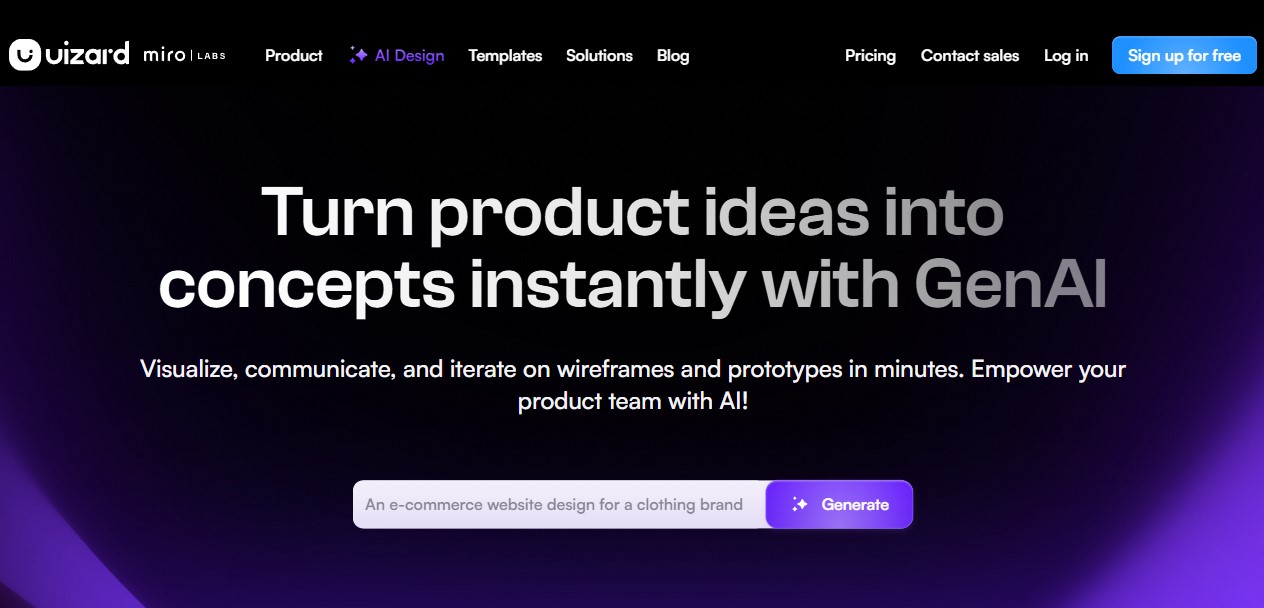
Uizard is a effective AI-fueled creation platform that can turn hand-sketched outlines on parchment into hi-fi online mockups. You can only take a photograph of a draft in your logbook, and Uizard's AI will transform it into an changeable layout with typical user interface parts. It also has a strong "Autodesigner" tool that can build multi-screen previews from prose prompts, turning it a multi-purpose tool for rapid drafting.
Khroma
Khroma is a bespoke AI hue utility for artists. You originate by selecting fifty of your most-liked hues, and Khroma utilizes a deep learning system to grasp your likings. It then produces an boundless quantity of special, quinary combinations that are adapted to your precise sensibility. It's a superb approach to encounter new and unexpected color combinations that you are mathematically apt to love, releasing you out of your customary creative habits.
